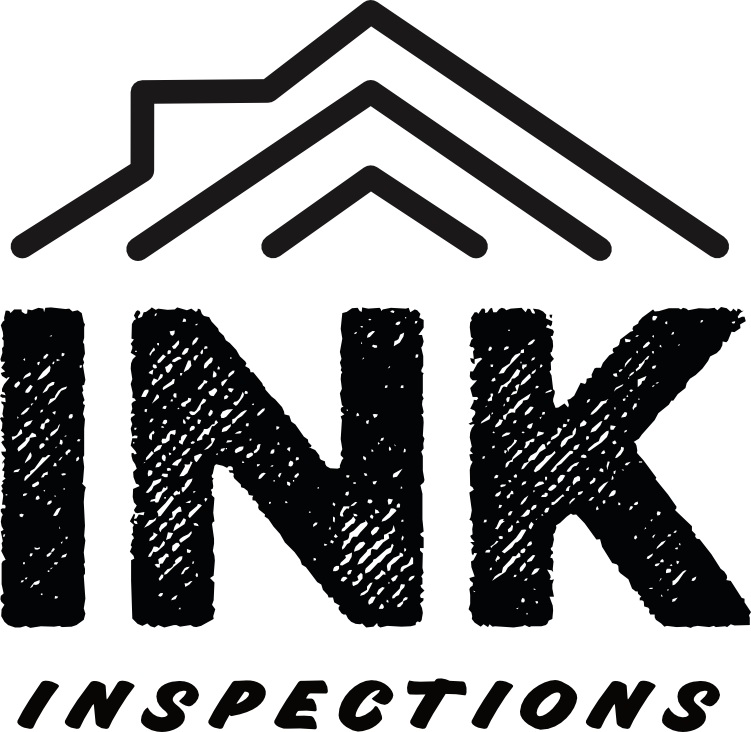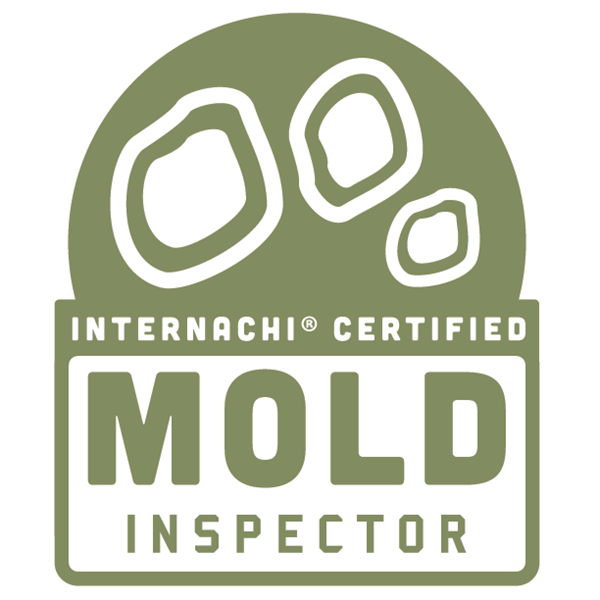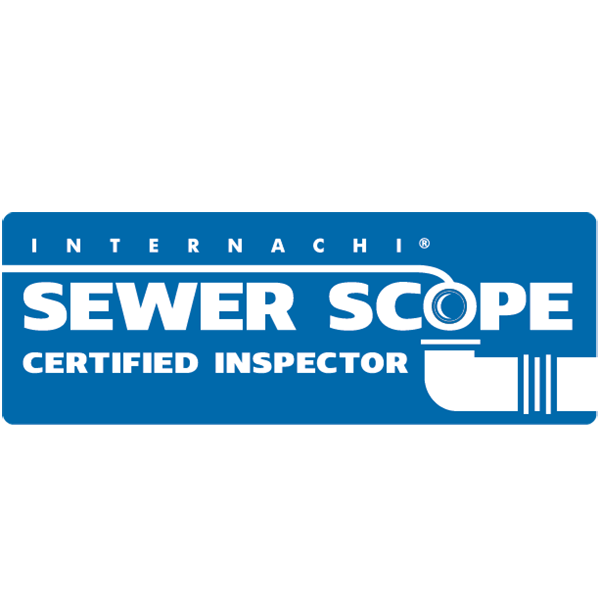In Michigan, new construction homes are required to meet specific energy efficiency standards, one of which includes passing the blower door test. This test is crucial for ensuring that homes are airtight and energy-efficient, aligning with Michigan's building codes. Here’s a guide on how to successfully navigate and pass a blower door test in the context of new construction homes in Michigan.
Michigan's building codes set forth specific standards for airtightness in new homes. The blower door test measures the amount of air leakage in a home, and to pass, a house must demonstrate a certain level of airtightness, as of now that number is 4 air changes per hour (ACH)
Key Steps for Success
1. Know the Code:
Stay informed about the specific requirements in Michigan. The state adopts versions of the International Residential Code (IRC), which include details on airtightness standards.
2. Design with Airtightness in Mind:
From the outset, ensure your architectural plans prioritize airtightness. This includes the careful design of the building envelope, window placements, and door installations.
3. Select the Right Materials:
Use high-quality materials known for their airtight properties (caulk, foam, silicone, etc.) This includes selecting the right insulation, windows, and doors that meet or exceed the code requirements. If non drywall materials are used on walls make sure all gaps and joints are properly sealed.
4. Work with Experienced Contractors:
Choose a building team that has a proven track record of constructing airtight homes. Experienced contractors will be familiar with the intricacies of meeting Michigan's airtightness standards.
5. Focus on Detail During Construction:
Pay attention to every stage of construction. Ensure that all seams, joints, and connections are properly sealed. Special attention should be given to areas prone to air leakage such as where the foundation meets the walls, around windows and doors, and where the roof attaches to the walls.
The image above is what AI thinks a blower door test should look like… in reality its much simpler!
The Testing Process
A certified third party professional (typically HERS or BPI Rated) will conduct the blower door test, the test cannot be performed by the builder or the local building code enforcement agency. The inspector will first calculate the volume of the inside of the home. They will then temporarily install a fan into an exterior doorway of the home. The fan lowers the air pressure inside the house, allowing the higher pressure air outside to flow in through unsealed cracks and openings. The tester then measures the rate of this airflow, which determines the home's airtightness level. If your home does not pass you will have to attempt to seal any gaps or penetrations to get the home to a passing level and re-schedule a blower door test.
Passing the blower door test for Michigan code in new construction homes is a testament to quality construction and energy efficiency. By focusing on airtight design, using the right materials, and working with knowledgeable professionals, builders and homeowners can ensure their properties not only meet but exceed Michigan’s building standards. This commitment to quality brings long-term benefits, including low energy bills, better indoor air quality, increased comfort, and a positive impact on the environment.
Feel free to contact us at INK Inspections if you need a blower door in the West Michigan area!







